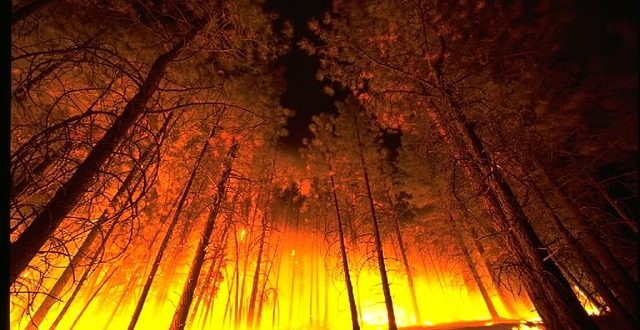Economics of Fire Management Policy
Suppressing wildfires costs time and money. It also puts lives at risks, especially as unplanned wildfires grow out of control. In fact, it can cost millions of dollars for one single wildfire.
It’s important for the federal government to manage the costs but also make sure the money is available to put people, wildlife, and property first. What have been the costs over the years?
Where the Money Comes From
The Forest Service and the Department of the Interior are responsible for funding the suppression of wildfires on a federal level. Combined, they can certainly raise the money, but it’s not always enough for the number of fires in a year.
This number is routinely growing. Even when it’s just one fire, the speed at which is grows is increasing, making it harder to fight back.
How Much Money Is Needed
Between 1994 and 2000, a total of $1.6 billion per year was needed from the two departments to fight and suppress wildfires. That jumped to $4 billion per year between 2008 and 2017.
These are just averages. When looking into the details, 2008 saw a $5.2 billion cost, while 2012 only saw a $2.9 billion cost for suppression.
Since then, the costs have never gone over $5 billion. They’ve also never gone under $3.6 billion. This is up to 2016. With the fires in more recent years, we can imagine the costs would rise.
Fire Suppression vs. Fire Prevention
While fire suppression will never not be needed, there are more focuses on preventing some fires. Of course, there is also a need for fires to start to protect the ecosystem. It’s a fine balancing act to get it all right.
Other options of fire management will affect the costs of fire suppression, though. Since suppression is going to take less time, the costs will be decreased.
However, if not enough suppression is done, fires can become more intense. This has a knock-on effect on the costs. Mixed with climate change, it’s hard to predict the economics of fire management in the future.

